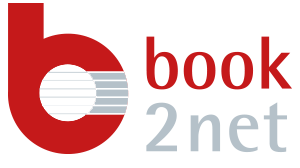The Universal Test Target (UTT) is a single test chart developed by the Dutch National Library (KB) in collaboration with Image Engineering Dietmar Wueller (IE) and the Fachverband für Multimediale Informationsverarbeitung e. V. (FMI) as part of the Metamorfoze initiative.
The aim was to design a new, uniform test chart that would incorporate the five standard test charts that had been in use until then and thus simplify handling. This was to provide an insight into the overall image quality of the scan results of all types of high-end cameras and scanners, based on current ISO standards. These are captured and analyzed with special software to provide information on technical aspects such as OECF, MTF, noise and color accuracy.
UTT is available in two versions: measured and unmeasured. The “measured” version comes with individually measured reference data for the particular chart purchased. The “unmeasured” version is produced in respect of the Metamorfoze standards and tolerances.
The UTT is available with a variety of options in sizes from DIN A3 to A0. Because the UTT is applicable to all types of digitization projects and preservation, it is particularly important for libraries, archives and museums.
The aim of the developers of the UTT was to save time and improve quality by using the unified target during the digitization process. However, it should be noted that the UTT is extremely error-prone in practice due to its simple design with individually affixed test charts and must therefore be handled with extreme care.
